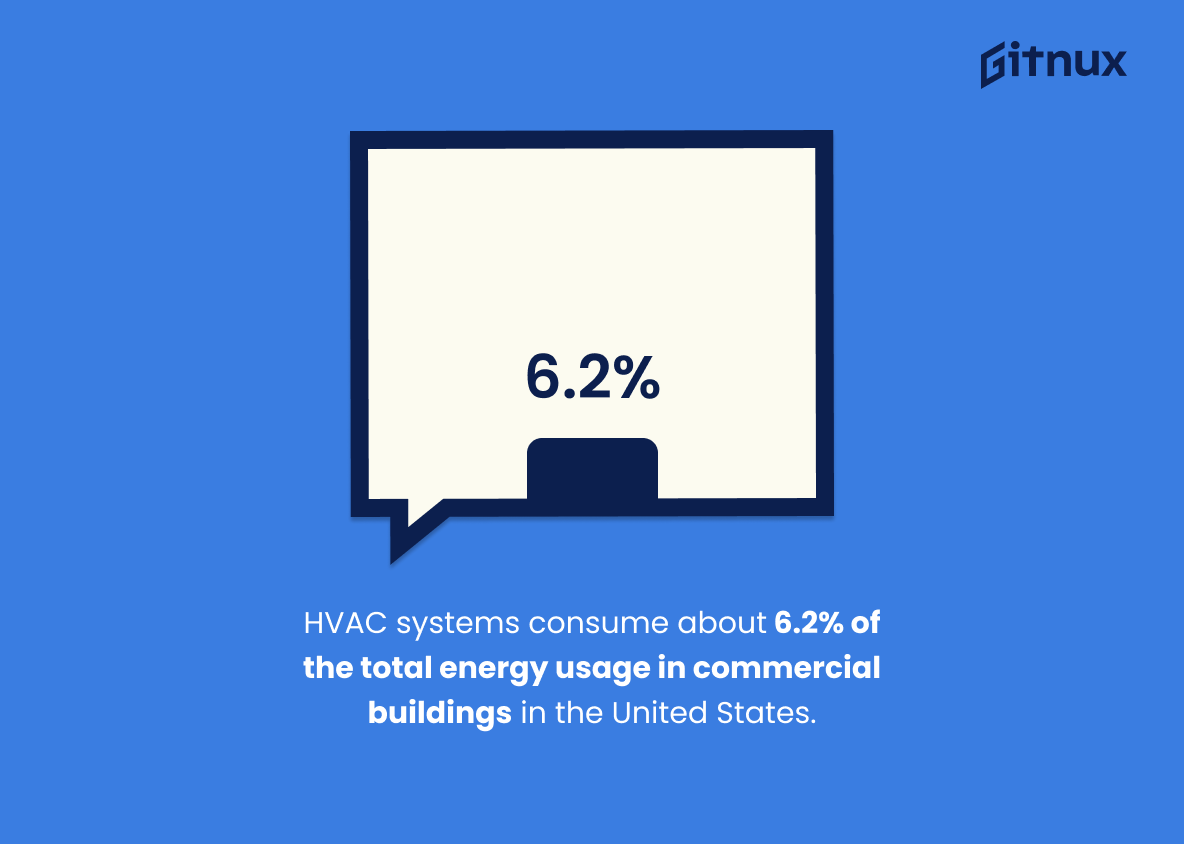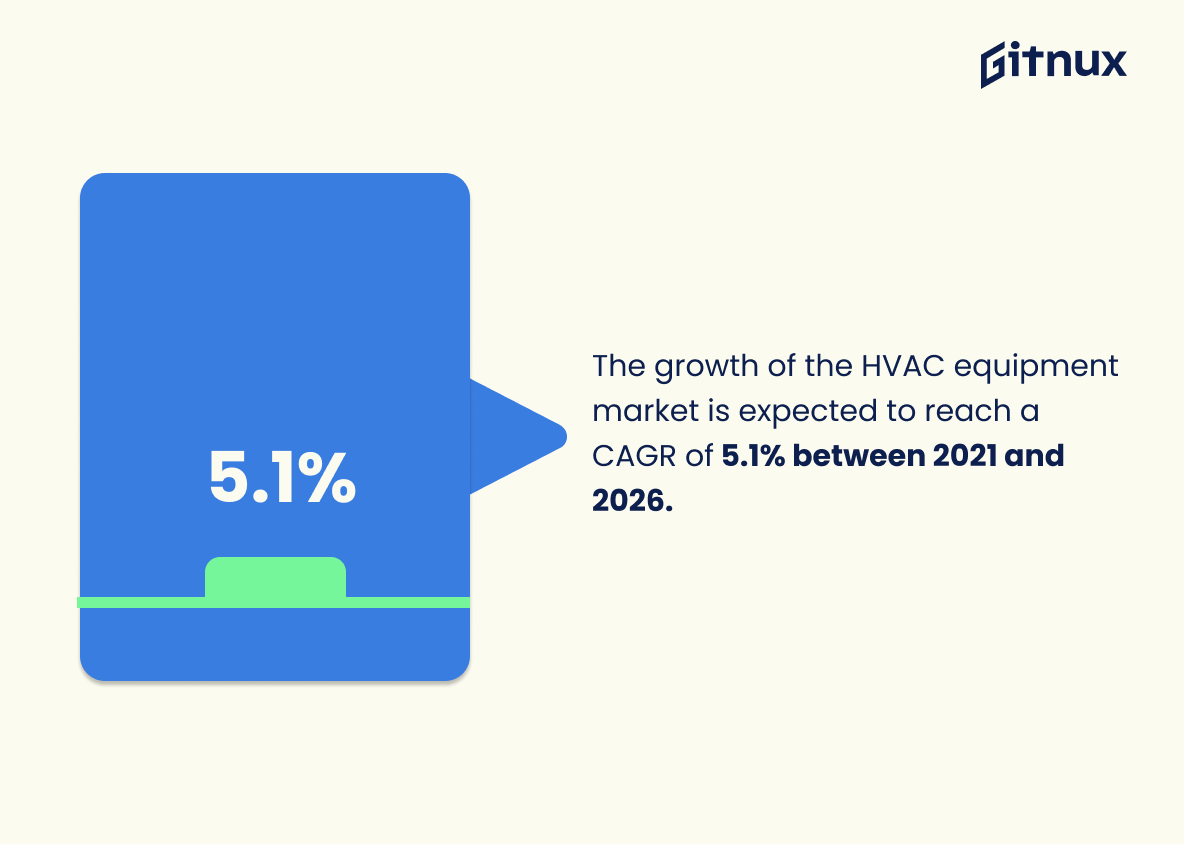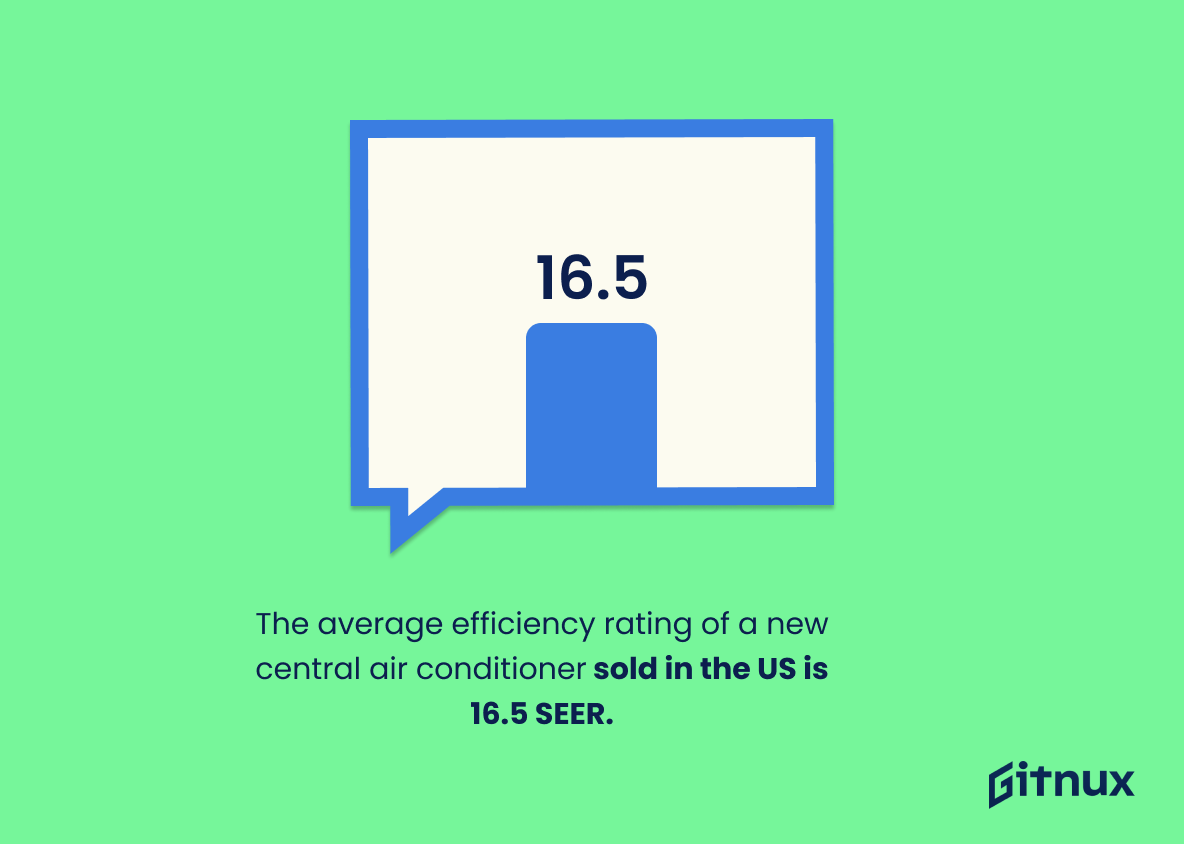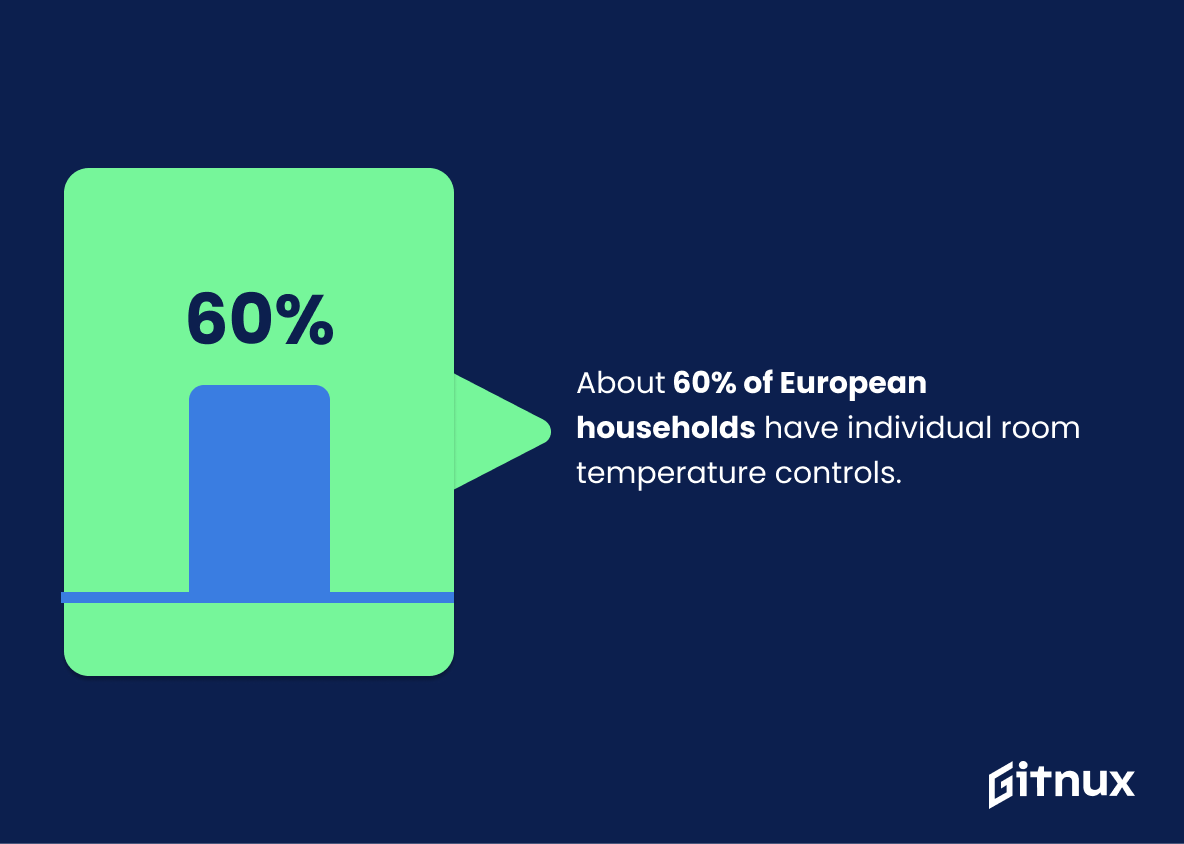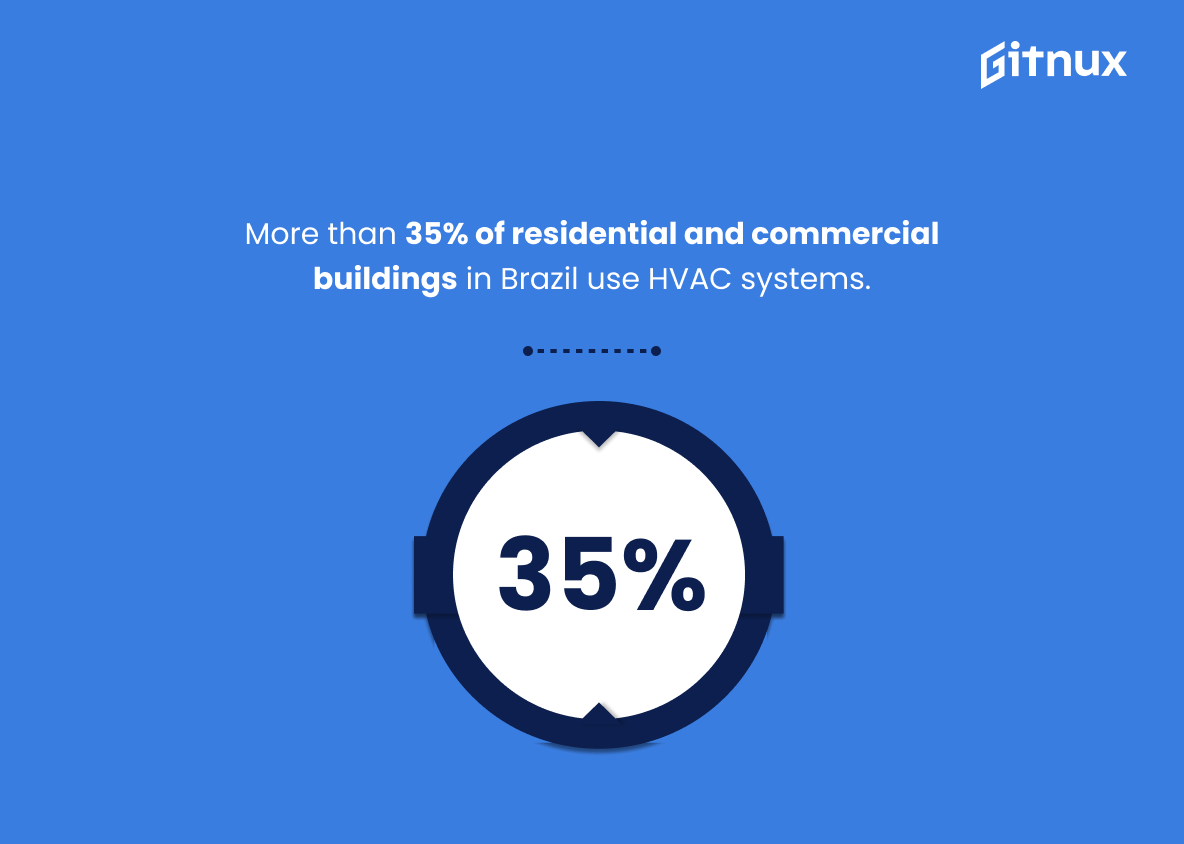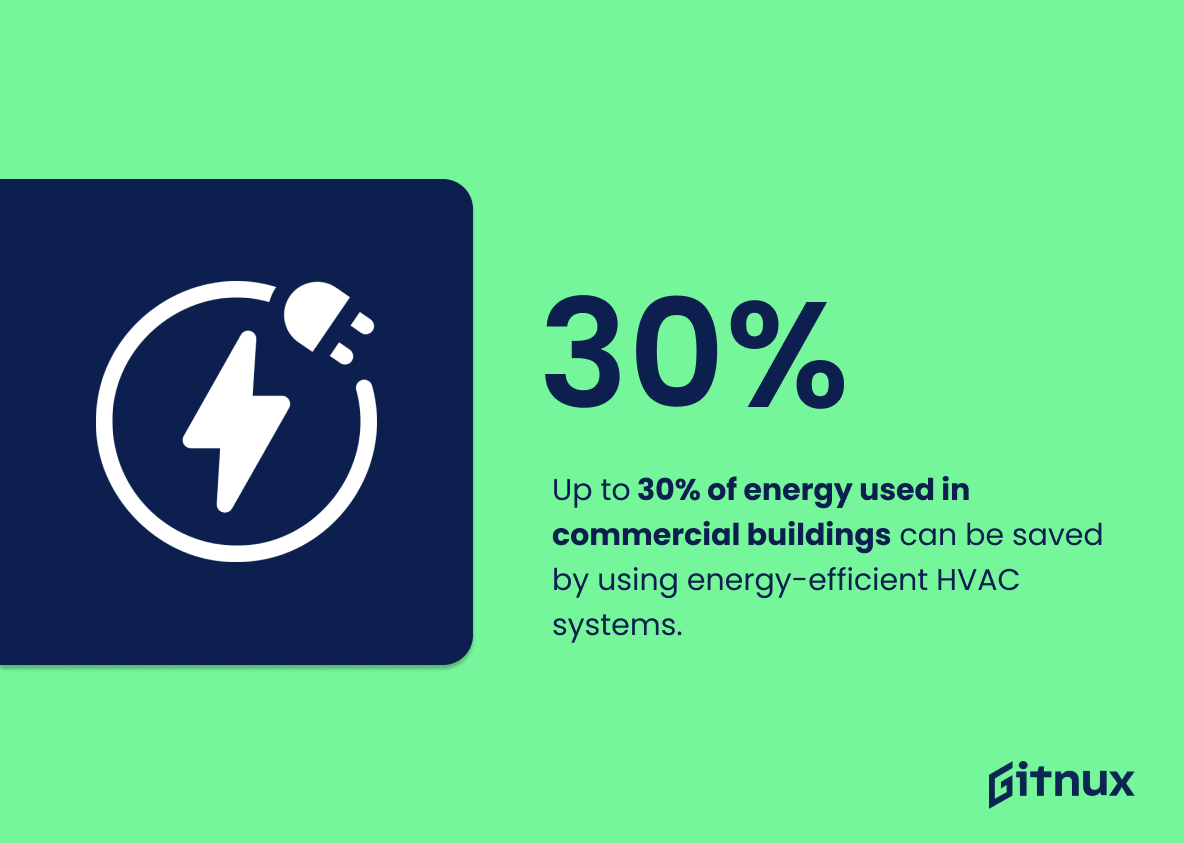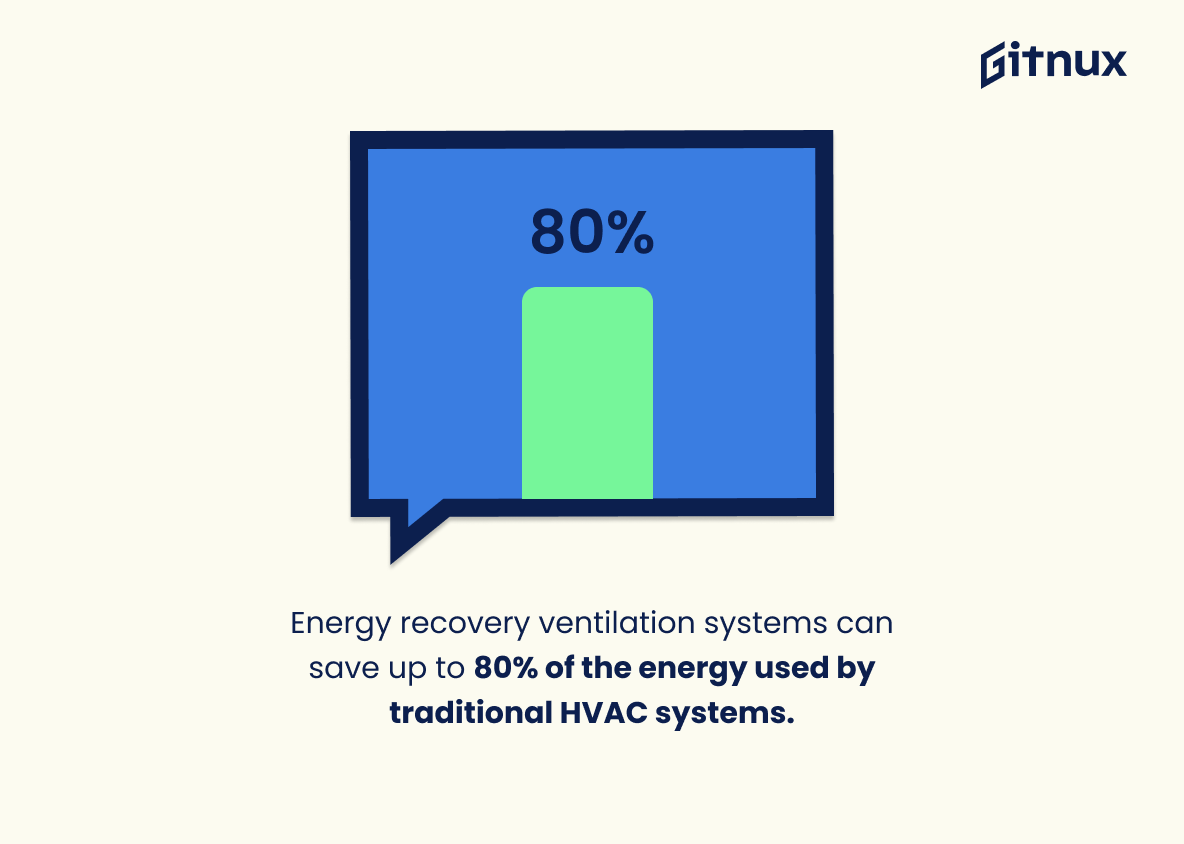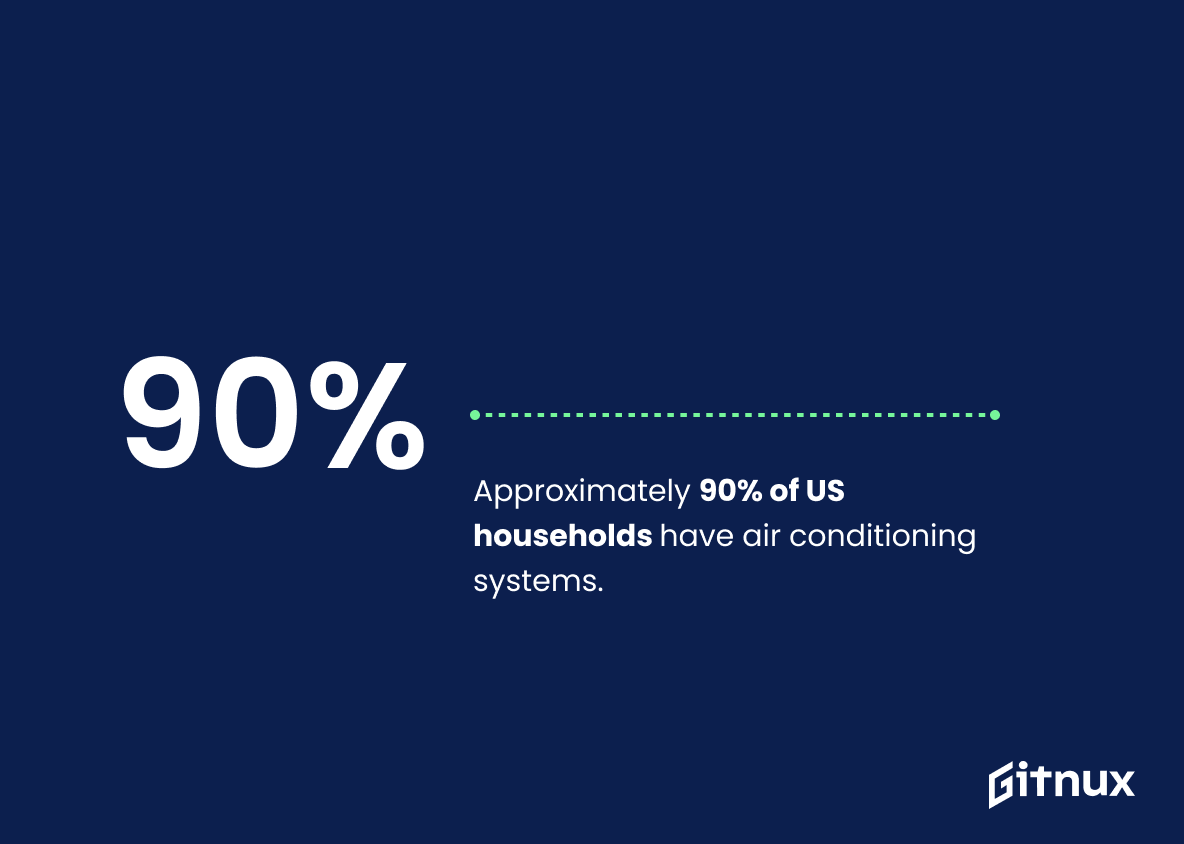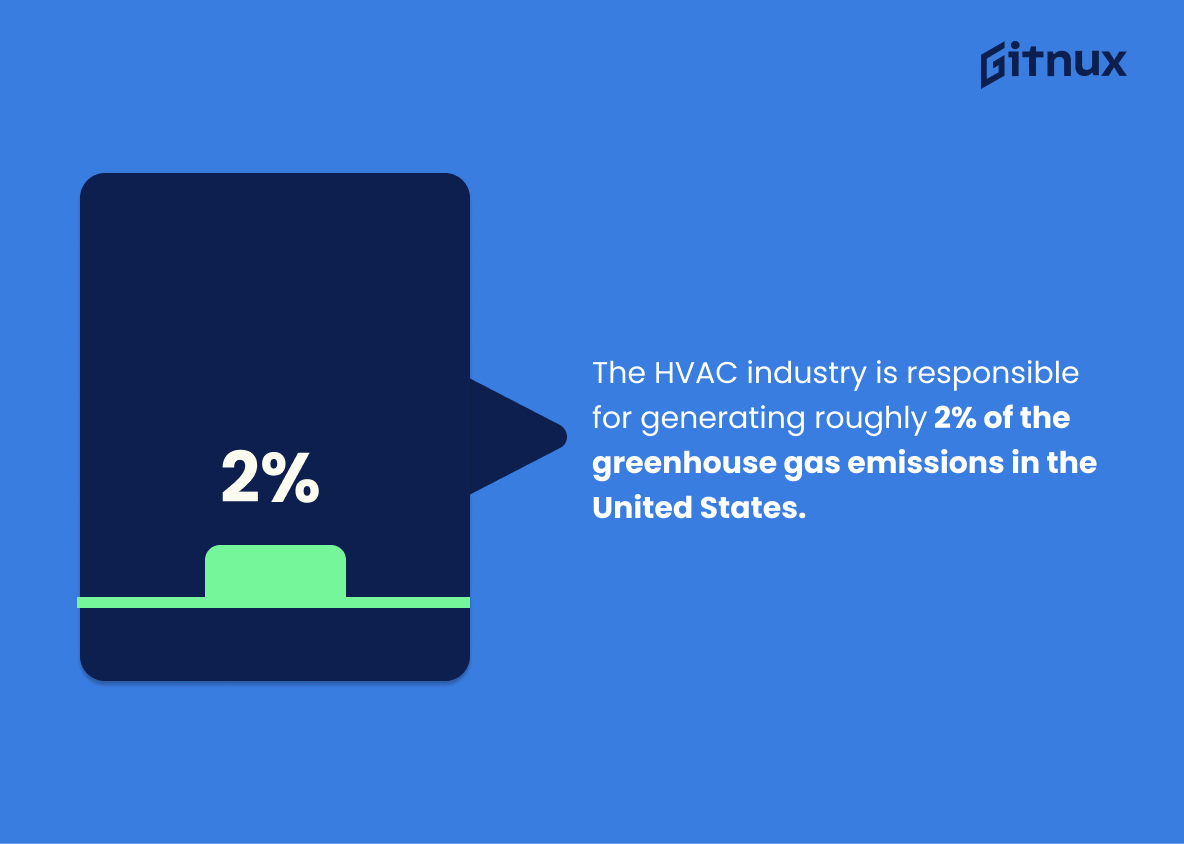HVAC systems are an integral part of modern life, providing comfort and convenience to homes and businesses around the world. From central air conditioning systems in US households to energy-efficient HVAC equipment used in commercial buildings, these systems have a major impact on our lives. This blog post will explore some interesting statistics about the global HVAC industry, including market size projections, energy usage trends, employment figures and more. We’ll also look at how advances in technology are helping reduce greenhouse gas emissions from this sector while improving efficiency levels for consumers. So let’s dive into it.
Hvac Statistics Overview
Approximately 40% of the total US residential electricity usage is attributed to heating and cooling needs.
This statistic is a powerful reminder of the importance of HVAC systems in the US. It highlights the sheer amount of energy that is consumed by heating and cooling needs, and the need for efficient HVAC systems to reduce energy consumption. This statistic is a great starting point for a blog post about HVAC statistics, as it provides an insight into the scale of the issue and the potential for energy savings.
HVAC systems consume about 6.2% of the total energy usage in commercial buildings in the United States.
This statistic is a powerful reminder of the importance of HVAC systems in commercial buildings in the United States. It highlights the fact that HVAC systems are a major contributor to energy consumption, and that businesses should be aware of the potential for energy savings through proper maintenance and efficient operation of their HVAC systems. This statistic is a valuable piece of information for anyone looking to reduce their energy costs and improve their environmental footprint.
The global HVAC market size was valued at approximately USD 135.1 billion in 2020.
This statistic is a testament to the immense size and scope of the HVAC market. It highlights the fact that HVAC technology is a major industry, with a wide range of products and services available to consumers. This statistic is a valuable insight into the current state of the HVAC market, and can be used to inform decisions about investments, product development, and marketing strategies.
The growth of the HVAC equipment market is expected to reach a CAGR of 5.1% between 2021 and 2026.
This statistic is a testament to the potential of the HVAC equipment market, indicating that it is expected to experience a steady growth over the next five years. This is great news for those in the industry, as it suggests that the market is likely to remain strong and profitable. As such, this statistic is an important one to consider when discussing the current state of the HVAC equipment market.
Heat pumps represent around 5% of the total global heating and cooling equipment sales.
This statistic is a telling indication of the growing popularity of heat pumps as a viable option for heating and cooling. It shows that more and more people are recognizing the benefits of using heat pumps, such as their energy efficiency and cost savings, and are investing in them as a result. This is an important trend to note, as it suggests that heat pumps are becoming increasingly popular and could potentially become the go-to choice for heating and cooling in the future.
The HVAC workforce demand is expected to experience a shortage of 115,000 skilled workers by 2022.
This statistic is a stark reminder of the looming crisis in the HVAC industry. With a projected shortage of 115,000 skilled workers by 2022, it is clear that the industry is facing a critical shortage of qualified personnel. This could have a significant impact on the industry, as businesses may struggle to find the necessary personnel to meet their needs. Furthermore, this could lead to a decrease in the quality of service provided, as well as an increase in costs for businesses. As such, this statistic is a call to action for those in the HVAC industry to take steps to address this looming crisis.
The average efficiency rating of a new central air conditioner sold in the US is 16.5 SEER.
This statistic is important in the context of HVAC statistics because it provides a benchmark for the efficiency of central air conditioners sold in the US. It gives consumers an idea of what to expect when purchasing a new air conditioner, and it can help them make an informed decision about which model to buy. Additionally, it can help HVAC professionals compare different models and determine which ones are the most efficient.
Geothermal heat pump technology has the potential to reduce energy consumption by up to 44% compared to traditional systems.
This statistic is a game-changer when it comes to HVAC systems. Geothermal heat pump technology has the potential to drastically reduce energy consumption, which can lead to significant cost savings for homeowners and businesses alike. Not only that, but it can also help reduce the environmental impact of HVAC systems, making it a win-win for everyone.
About 60% of European households have individual room temperature controls.
This statistic is significant in the context of HVAC statistics because it highlights the prevalence of individual room temperature controls in European households. This indicates that many Europeans are taking advantage of the convenience and comfort that individual room temperature controls can provide, and that HVAC systems are becoming increasingly popular in Europe.
More than 35% of residential and commercial buildings in Brazil use HVAC systems.
This statistic is a testament to the widespread adoption of HVAC systems in Brazil, demonstrating the importance of these systems in both residential and commercial buildings. It highlights the need for reliable HVAC systems in order to ensure the comfort and safety of occupants in these buildings. Furthermore, it serves as a reminder of the importance of investing in quality HVAC systems to ensure that they are able to provide the necessary cooling and heating for the buildings.
Up to 30% of energy used in commercial buildings can be saved by using energy-efficient HVAC systems.
This statistic is a powerful reminder of the potential for commercial buildings to reduce their energy consumption through the use of energy-efficient HVAC systems. It highlights the importance of investing in energy-efficient HVAC systems, as it could lead to significant savings in energy costs. Furthermore, it demonstrates the potential for businesses to reduce their environmental impact by reducing their energy consumption.
Energy recovery ventilation systems can save up to 80% of the energy used by traditional HVAC systems.
This statistic is a game-changer for anyone looking to reduce their energy costs. With energy recovery ventilation systems, homeowners and businesses can drastically reduce their energy consumption, potentially saving up to 80% of the energy used by traditional HVAC systems. This is a huge opportunity to save money and reduce environmental impact, making it an important statistic to consider when discussing HVAC systems.
Approximately 90% of US households have air conditioning systems.
This statistic is a powerful indicator of the prevalence of air conditioning systems in the US, demonstrating the importance of HVAC systems in modern households. It highlights the need for reliable HVAC services and products, and the potential for businesses to capitalize on this growing market. Furthermore, it provides a benchmark for the industry to strive for in terms of providing quality air conditioning systems to US households.
The HVAC industry is responsible for generating roughly 2% of the greenhouse gas emissions in the United States.
This statistic is a stark reminder of the HVAC industry’s contribution to the global climate crisis. It highlights the need for the industry to take proactive steps to reduce its emissions and become more sustainable. It also serves as a call to action for consumers to make more informed decisions when selecting HVAC systems and to consider the environmental impact of their choices.
About 437,000 people are employed in the HVAC industry in the United States.
This statistic is a testament to the importance of the HVAC industry in the United States. It shows that the industry is a major employer, providing jobs to hundreds of thousands of people. This statistic is a reminder of the impact the HVAC industry has on the economy and the lives of those employed in it.
Conclusion
The HVAC industry is a rapidly growing sector, with the global market size estimated to be valued at approximately USD 135.1 billion in 2020 and projected to grow at a CAGR of 5.5% from 2021 to 2028. In the United States alone, over 300,000 contractors are employed in this field and it accounts for 2% of total greenhouse gas emissions. The majority of US households have air conditioning systems installed (90%), while central air conditioning systems are present in 55%. Heating and cooling needs account for 40% of residential electricity usage while 6.2% is attributed to commercial buildings’ energy consumption due mainly to their HVAC systems. Heat pumps represent around 5%, whereas variable refrigerant flow (VRF) systems serve 9%, on average, of U.S commercial floor area space currently served by them . Energy efficiency has improved significantly since 1993 when new residential HVAC system installations had an average rating 13 points lower than today’s 16 SEER standard; geothermal heat pump technology can reduce energy consumption up 44%. With such potential savings available through efficient technologies like ERVs or VRFs as well as increasing demand driven by population growth worldwide , there will likely be continued expansion within the industry which could lead to shortages if not addressed soon – 115K skilled workers may need hiring by 2022 according estimates .
References
0. – https://www.ec.europa.eu
1. – https://www.marketdataforecast.com
2. – https://www.iea.org
3. – https://www.grandviewresearch.com
4. – https://www.eia.gov
5. – https://www.epa.gov
6. – https://www.mordorintelligence.com
7. – https://www.statista.com
8. – https://www.consumerreports.org
9. – https://www.bls.gov
10. – https://www.energystar.gov
11. – https://www.nrel.gov
12. – https://www.achrnews.com
13. – https://www.energy.gov

